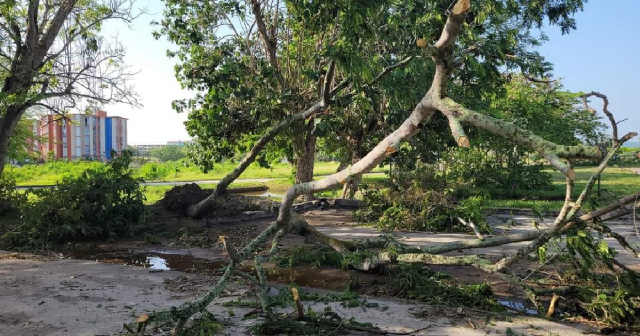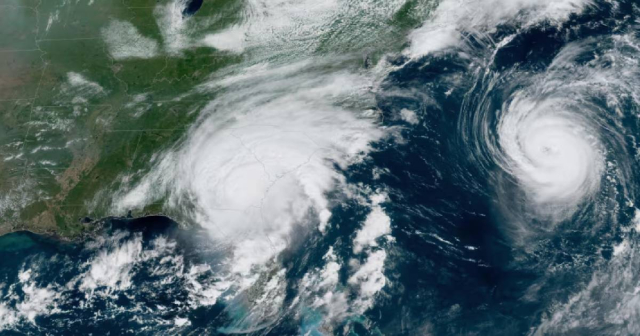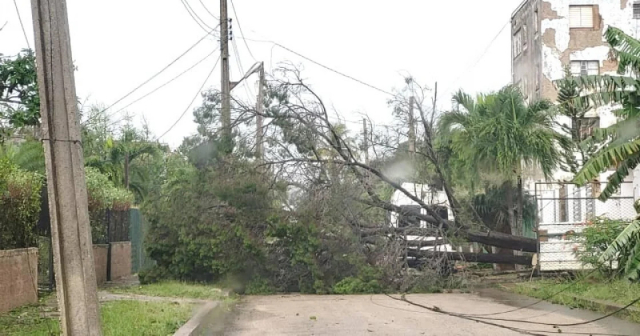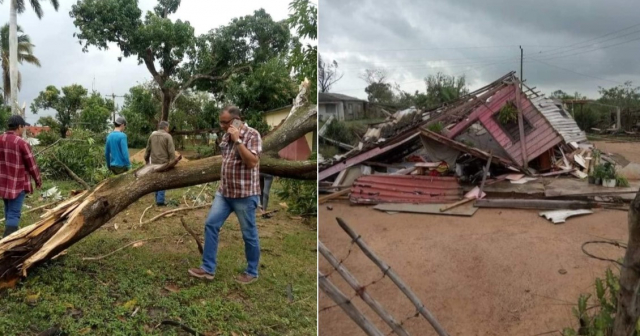
A hailstorm "put out" the flames of the high temperatures on Tuesday in the municipality of Guanajay, Artemisa, which reported around 3:15 in the afternoon intense precipitation accompanied by the mentioned "little ice stones."
According to the Forecast Center of the Meteorology Institute (Insmet), "the hailstones vary in size, ranging from a pea to approximately 1.5 centimeters in diameter... the hailstorm has been accompanied by heavy rain, but no lightning strikes are heard.”
This type of solid rain formed by balls or pieces of ice is the second one recorded in that Artemisa territory in 2024, as a similar event of great magnitude was experienced last March, comparable to other cities in the world for the abundance of hailstones that filled yards, streets, and roads.
Unlike the previous phenomenon, which caused damage to buildings and energy infrastructures, this time there were no electrical discharges and, so far, there are no reports of economic impacts.
However, reports of hailstorms on the island are more frequent, such as the one recorded in early May when Insmet reported a strong storm that affected the province of Ciego de Ávila.
All of this is a result of worsening weather conditions across the entire national territory. In the last 24 hours, there have been numerous instances of heavy rain and severe local storms in provinces such as Matanzas, Villa Clara, Ciego de Ávila, Sancti Spíritus, and Las Tunas, where hail of various sizes has been reported.
Among the most affected areas were the communities of Iguará and Venegas, in the municipality of Yaguajay, Sancti Spíritus, according to information provided to the newspaper Escambray by the secretary of the party in the area, Mileydi Milián Barnés.
The preliminary data revealed that the meteorological phenomenon caused electrical network breakdowns and the collapse of roofs at the Mérida Cheese Factory, the Porcine Unit, livestock farms of the Venegas livestock farm, and houses of the residents.
The recorded rainfall there reached 11.2 millimeters at 6:00 pm on Monday, and is associated with the passage of a trough at the mid and upper levels of the atmosphere over the territory, to which was added the fall of hail and strong winds (86 km/hour), explained Yusmani Mesa, a specialist from the forecasting group of the Provincial Meteorological Center.
This type of weather systems tests the regime's responsiveness to weather events. From June 1st to November 30th, an active cyclone season is expected, with the formation of around twenty tropical cyclones throughout the North Atlantic basin, and of those, eleven could reach hurricane status.
What do you think?
COMMENTFiled under:






